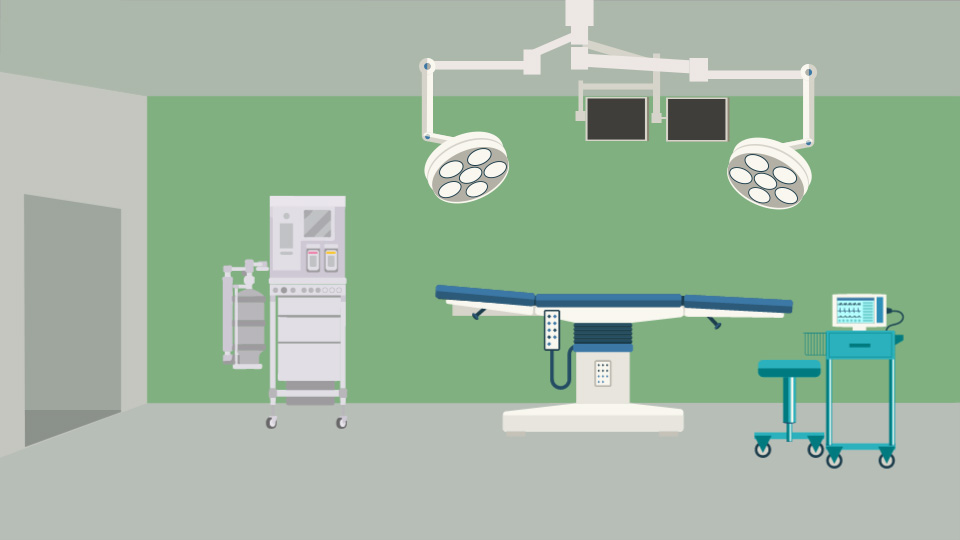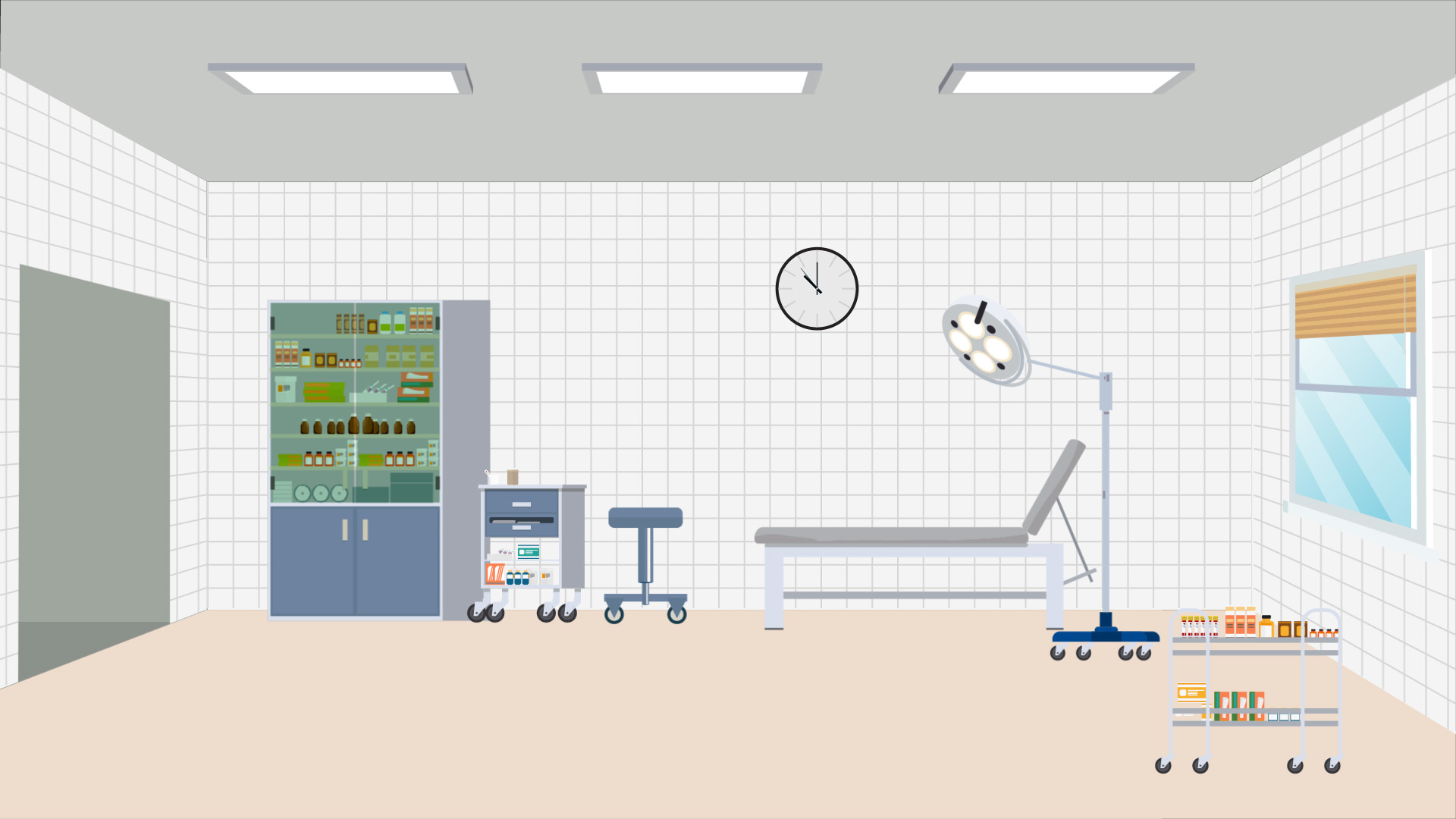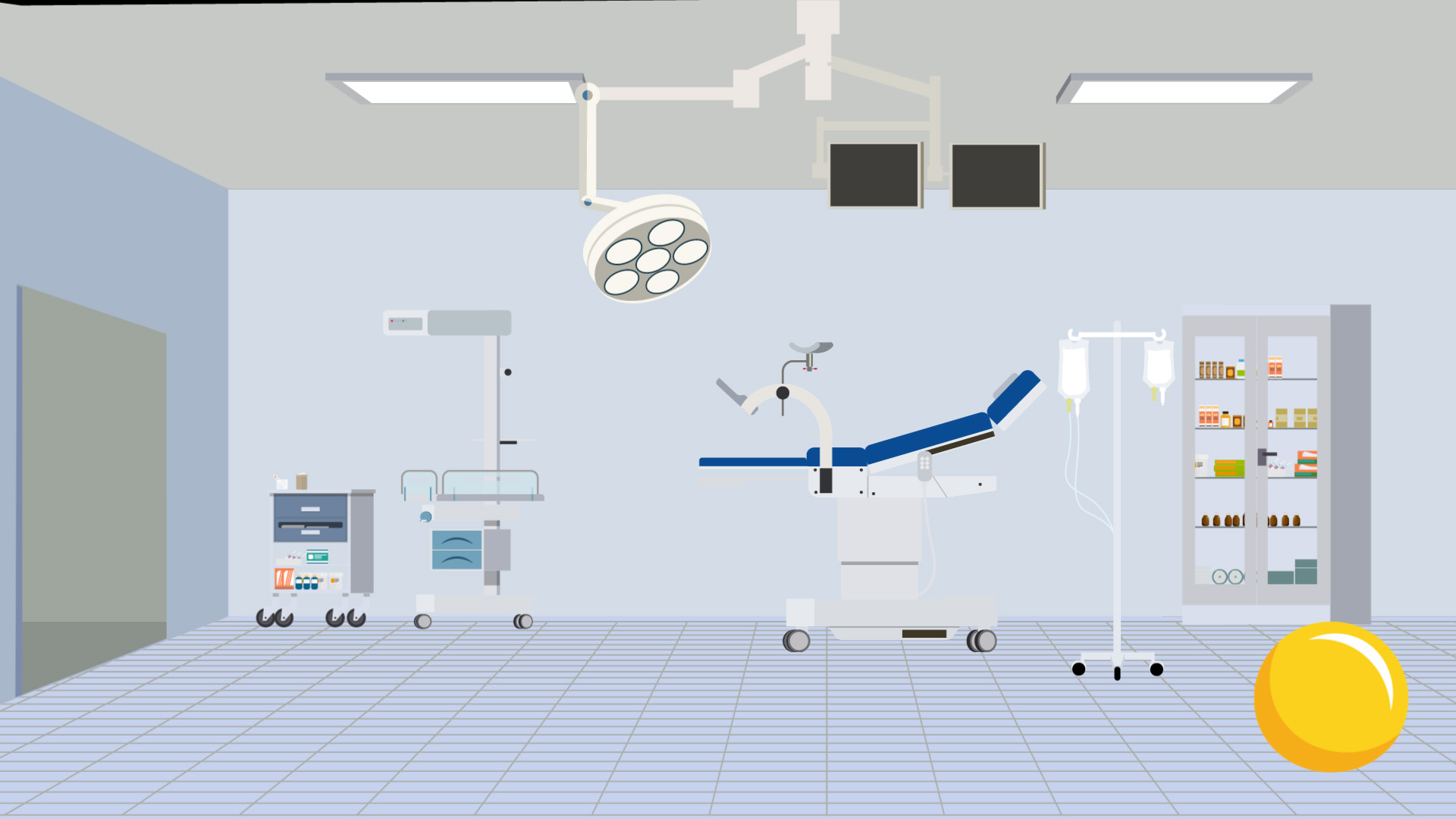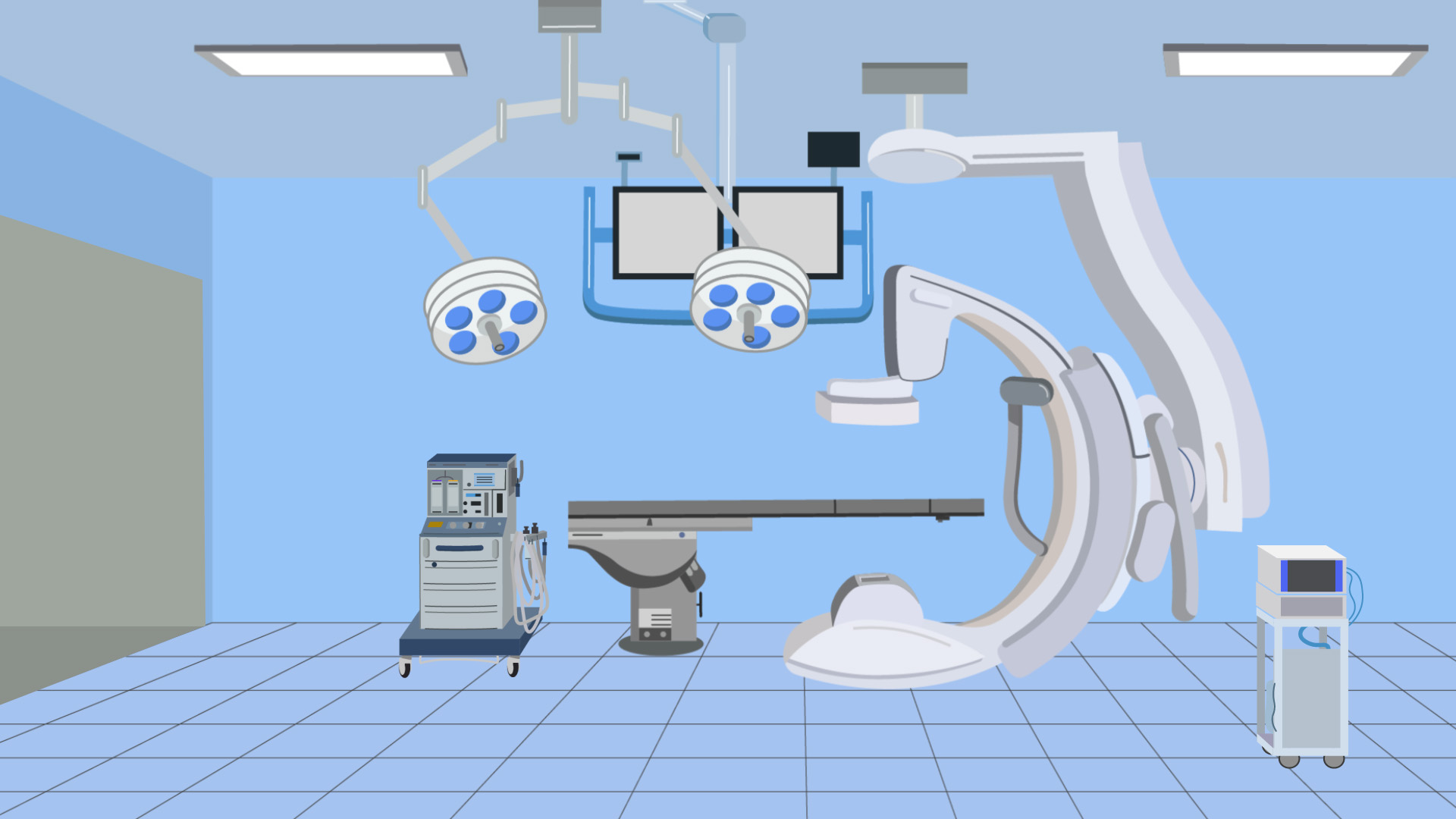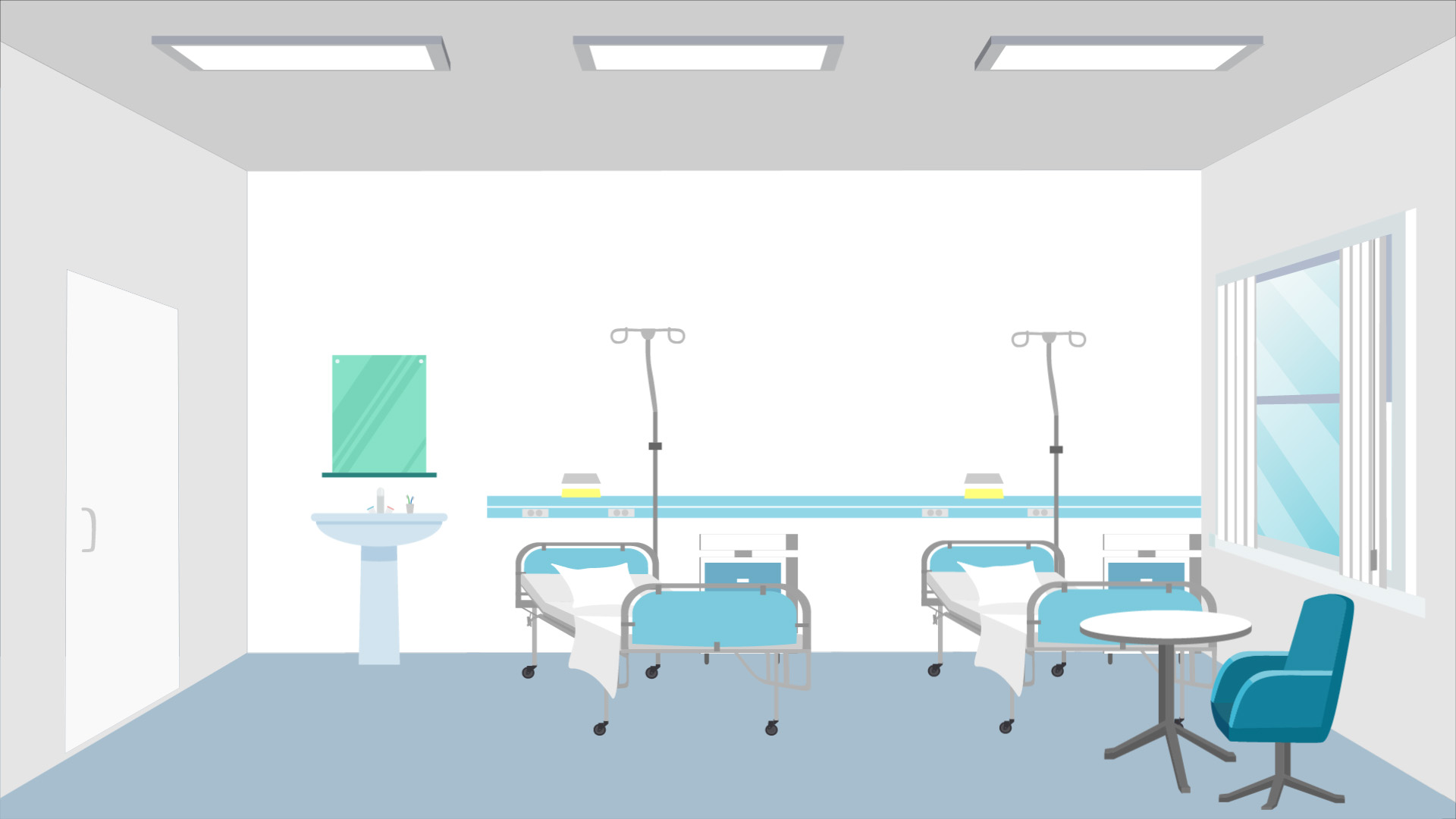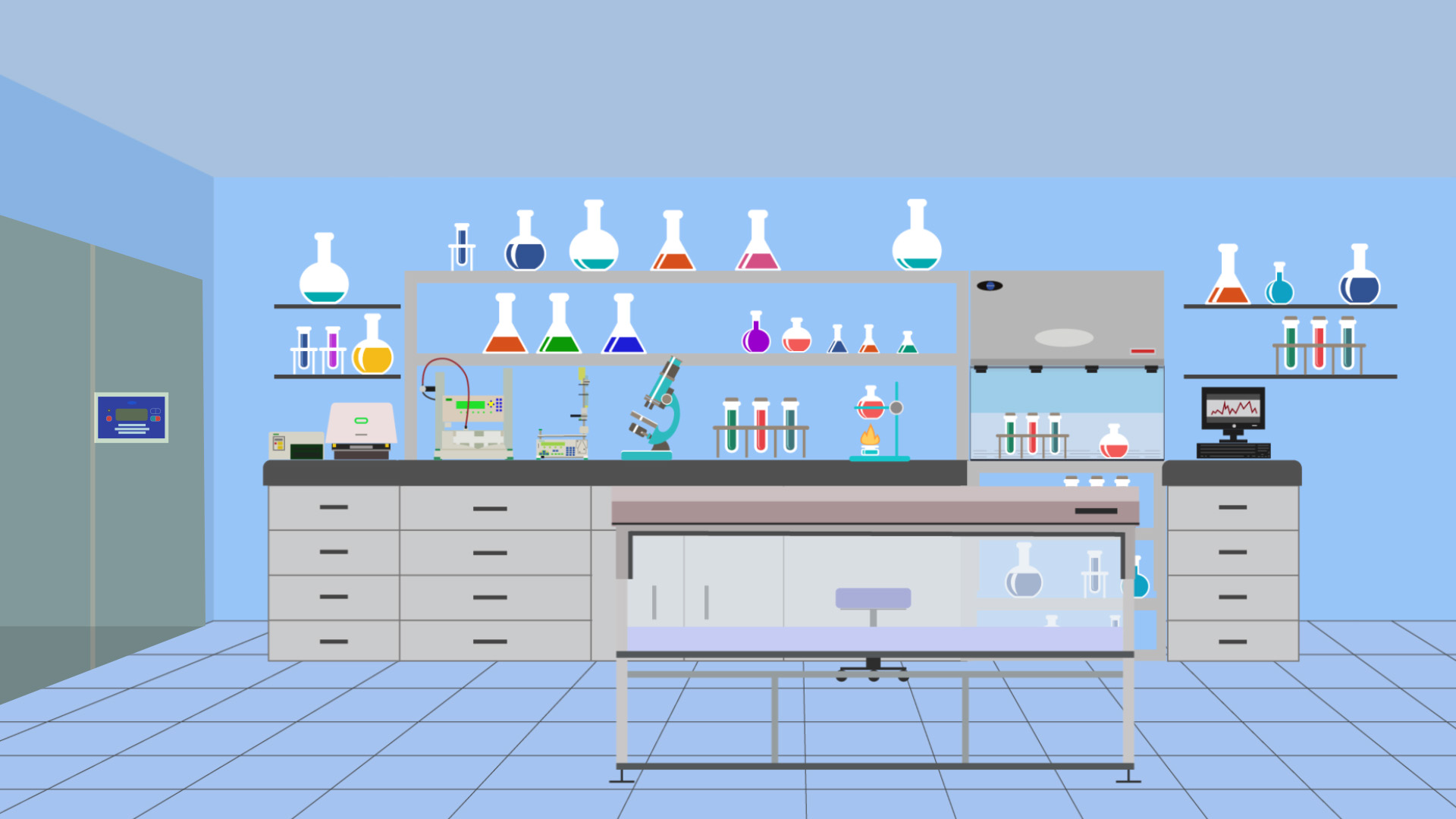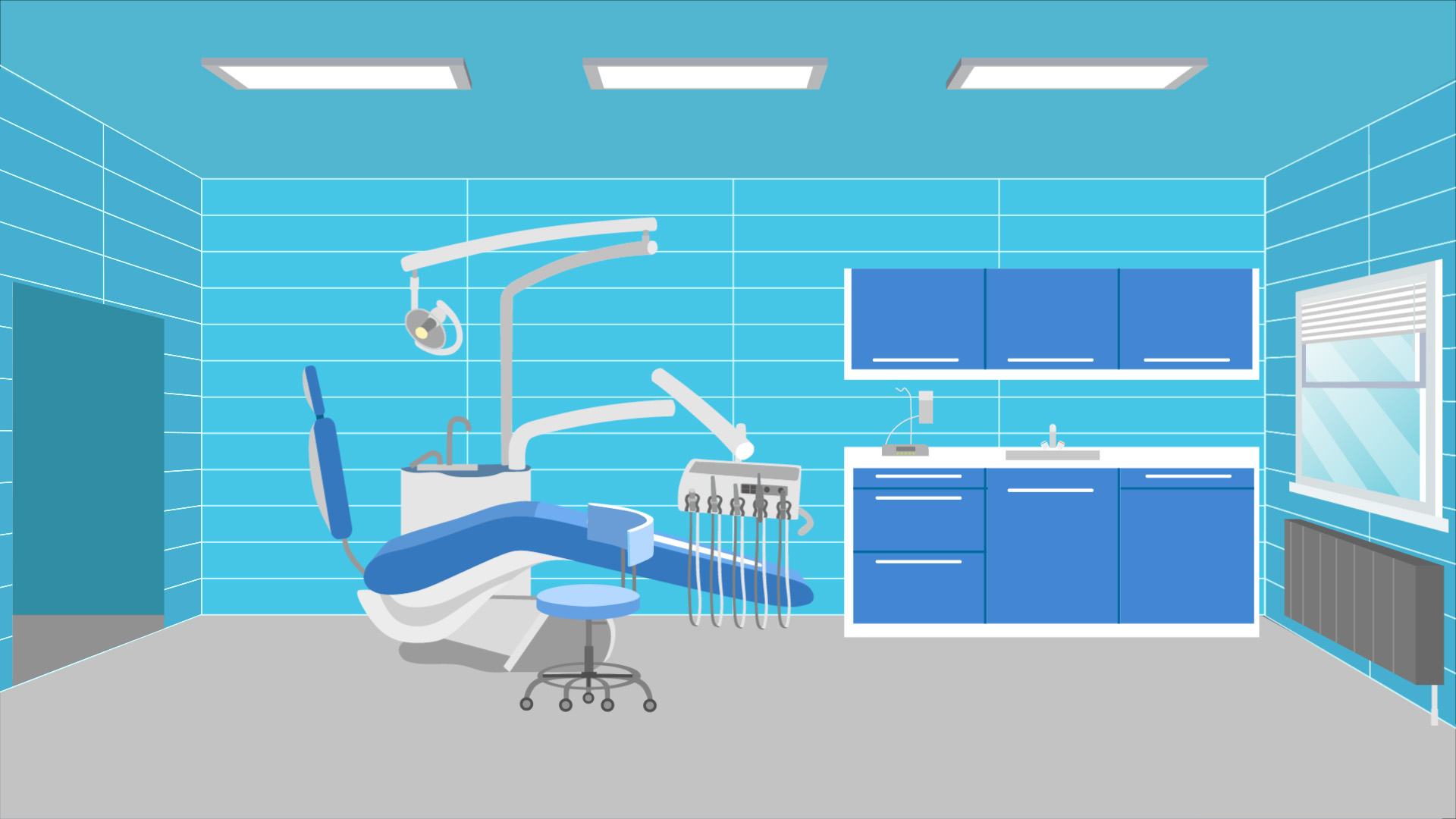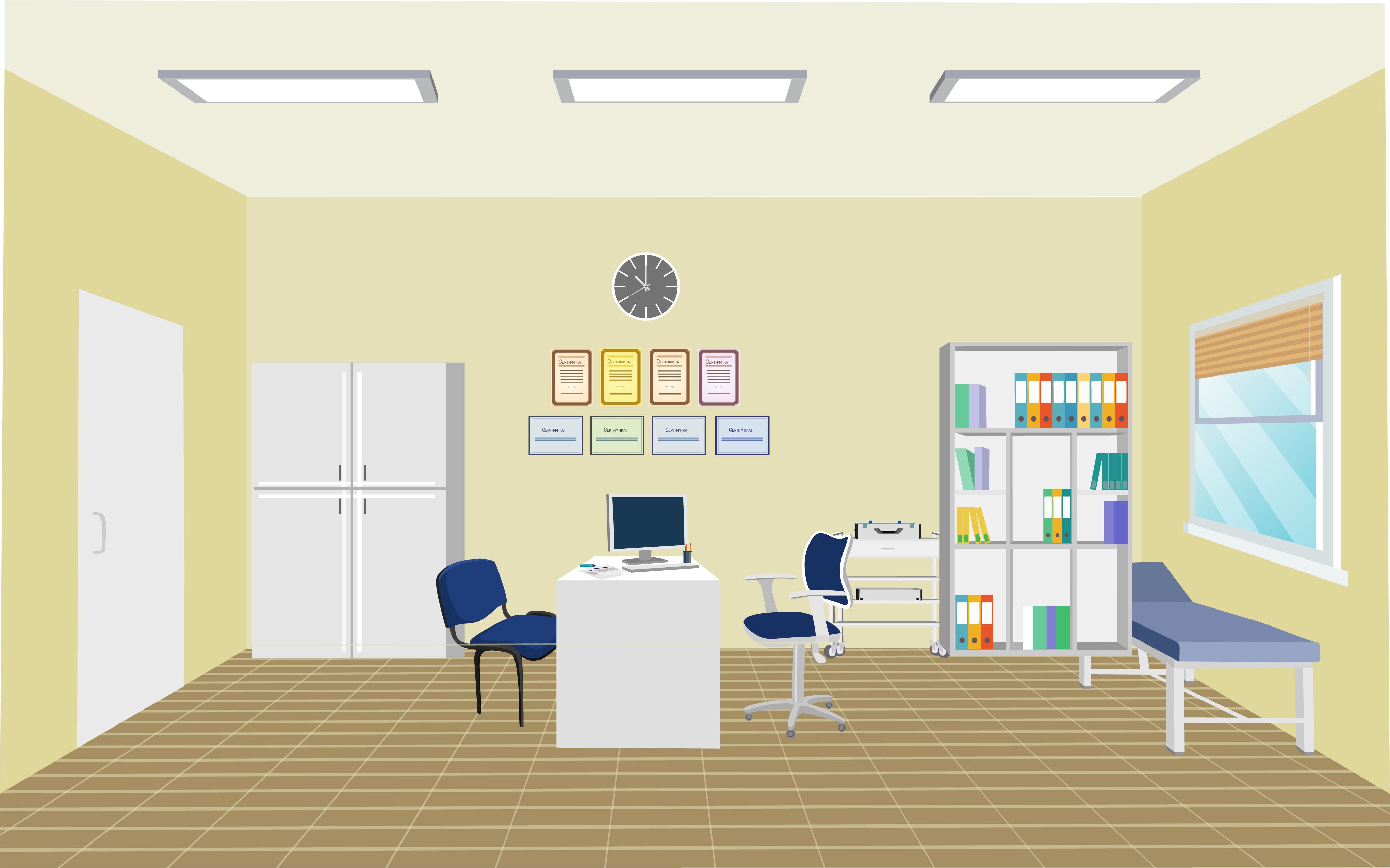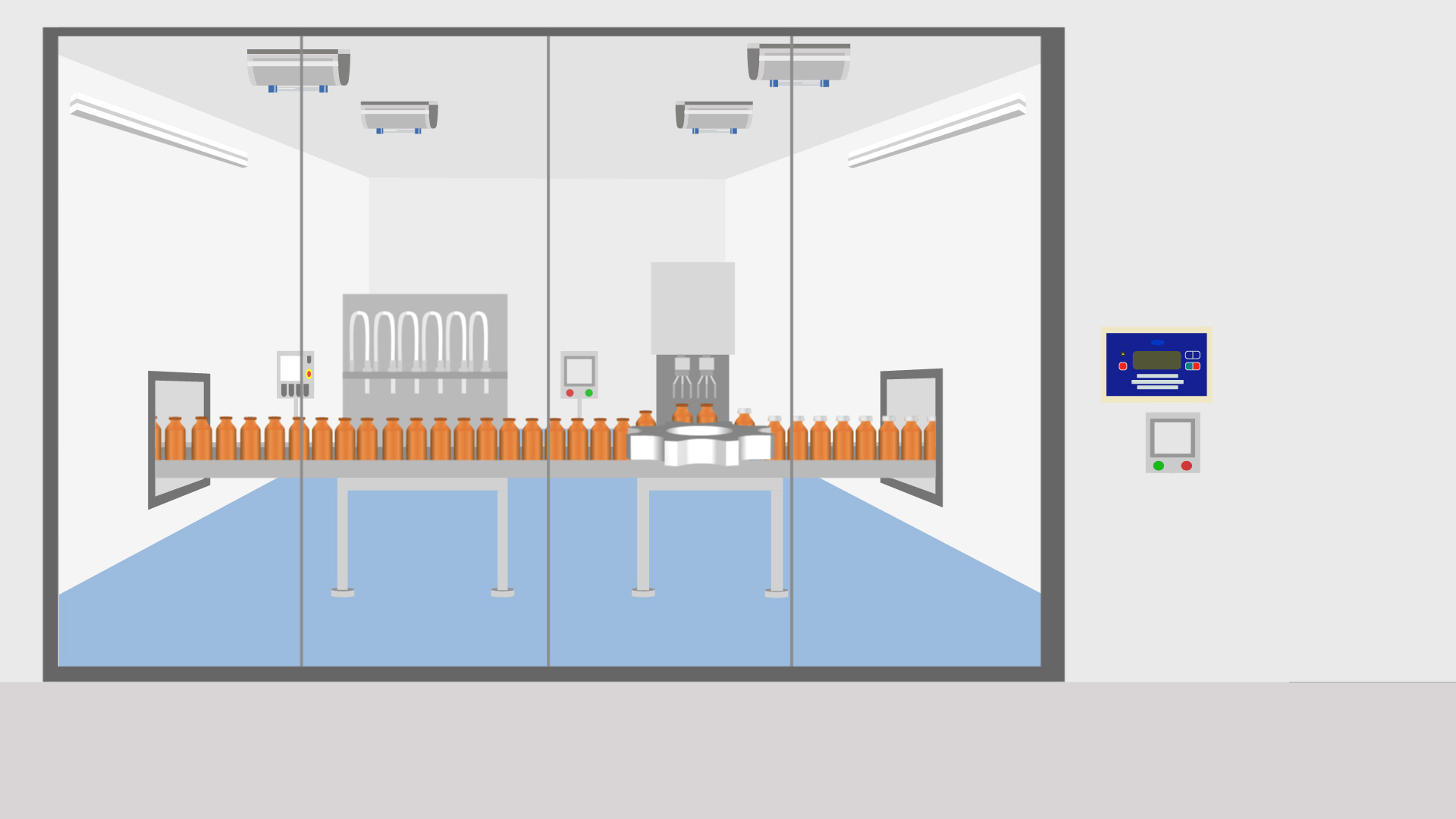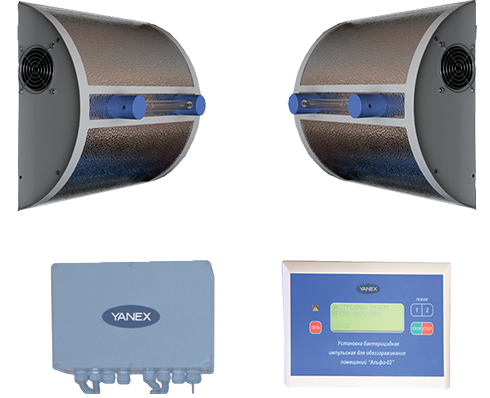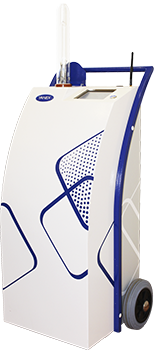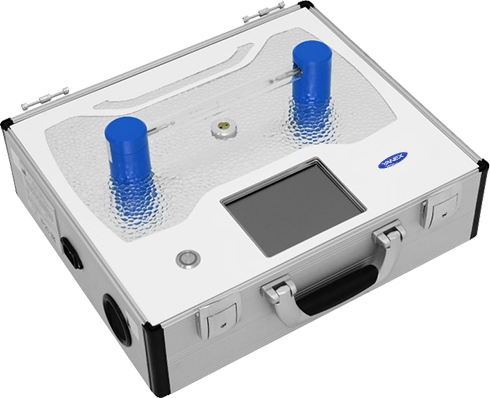Healthcare-associated infections
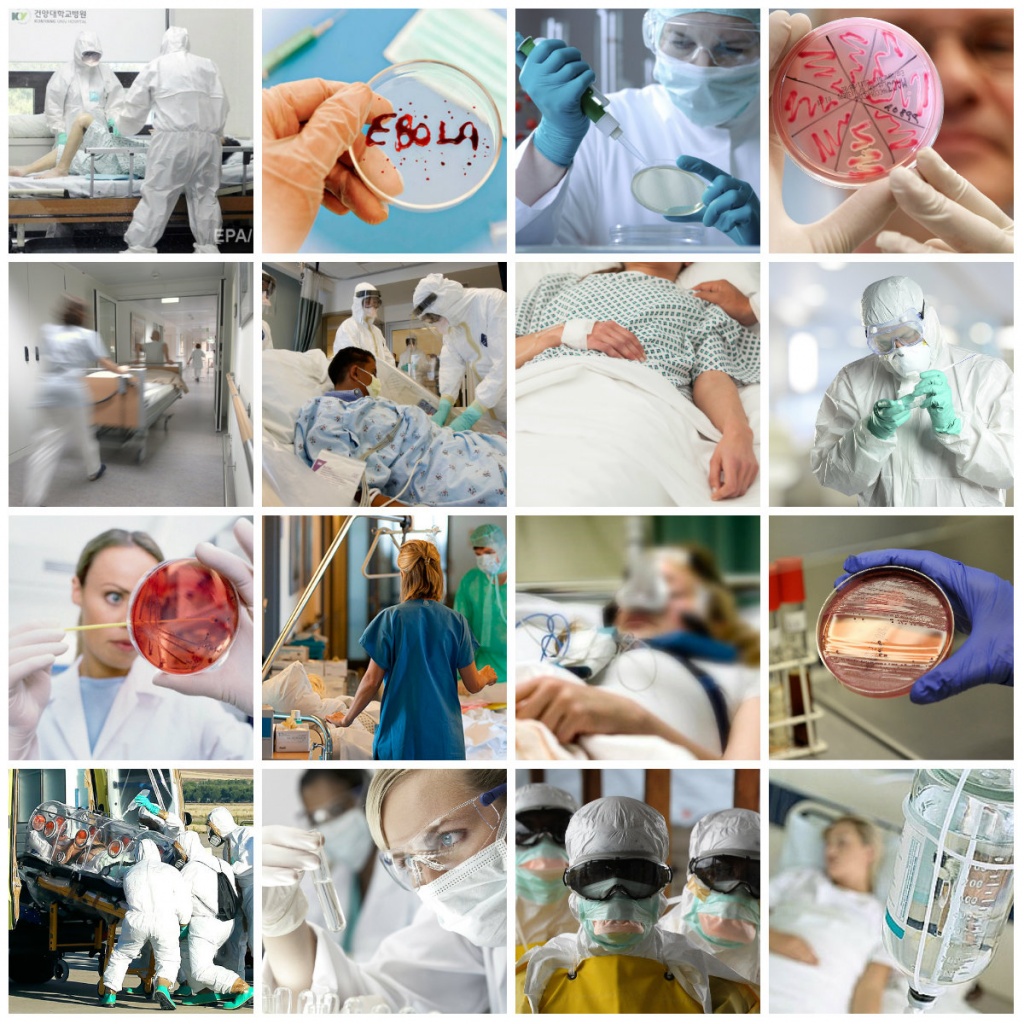
A healthcare-associated infection (HAI) is acquired by patients while receiving medical care and represents the most frequent adverse event. However, the global burden remains unknown because of the difficulty to gather reliable data. In many settings, from hospitals to ambulatory and long-term care, HCAI appears to be a hidden, cross-cutting problem that no institution or country can claim to have solved yet. HCAI surveillance is complex and requires the use of standardized criteria, availability of diagnostic facilities and expertise to conduct it and interpret the results. Surveillance systems for HCAI exist in several high-income countries but are virtually nonexistent in most low- and middle-income countries. (World Health Organization. Patients Safety. Report on the Burden of Endemic Health Care-Associated Infection Worldwide 2011).
HAI are widely spread in every country of the world, lead to increased patients’ mortality and disablement, which means raising the expenses of their treatment and mitigation of consequences. HAIs are the most common work-related disorder among professionals.
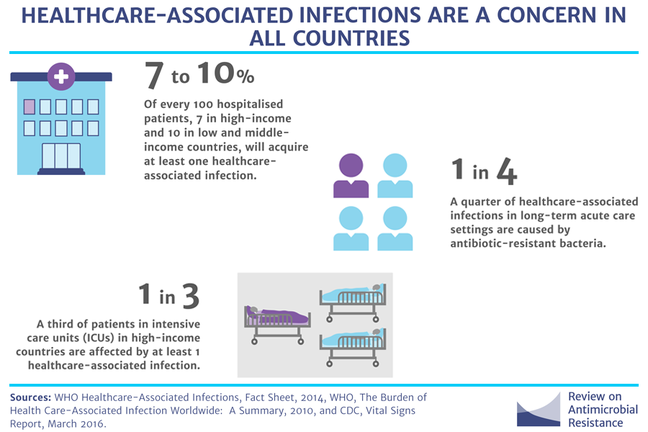
Growth factors of HAI incidence
- Formation of hospital environment with large variety of highly resistant microorganisms and the presence of patients, strongly susceptible to infectious organisms.
- Increased share of patients with infectious diseases caused by multiresistant microorganism strains (MRSA, VRE, P. aeruginosa, Proteus, C. difficile, Klebsiella and others), non-susceptible to antimicrobial agents and chemical disinfectants.
- Insufficient efficiency of traditional disinfection methods and their use policies.
- Lacking implementation of modern highly-efficient equipment for room disinfection at healthcare facilities.









